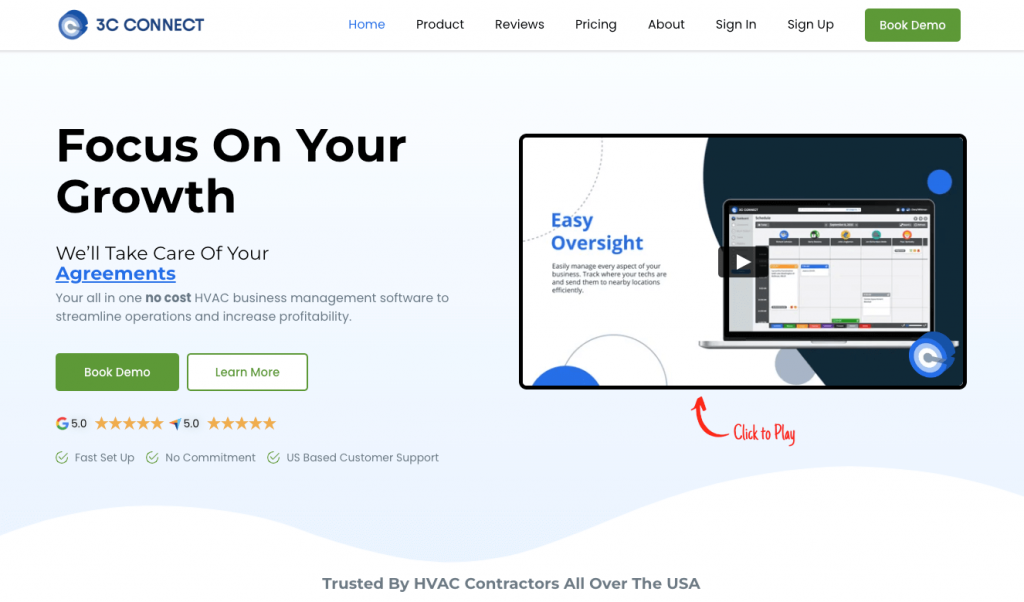Welcome to the realm of HVAC software, where technology meets comfort and efficiency. In this comprehensive guide, we delve into the intricacies of HVAC software, empowering you to make informed decisions and elevate your HVAC operations to new heights. From essential features to seamless integrations, user-friendly interfaces to insightful analytics, we uncover the secrets of selecting and utilizing the best HVAC software for your unique needs.
As we navigate this journey together, we’ll explore the diverse landscape of HVAC software options, unravel their capabilities, and provide practical insights to help you optimize your HVAC systems. So, sit back, relax, and let us guide you through the world of HVAC software, where innovation and comfort intertwine.
Software Features and Functionality
HVAC software is an essential tool for contractors and technicians in the HVAC industry. It helps them to design, install, and maintain HVAC systems more efficiently and effectively.
There are many different HVAC software options available, each with its own unique set of features and functionalities. Some of the most common features include:
- System design and modeling
- Load calculations
- Equipment selection
- Ductwork design
- Energy analysis
- Maintenance scheduling
When selecting HVAC software, it is important to consider the specific needs of your business. Some factors to consider include:
- The size of your business
- The types of HVAC systems you work with
- Your budget
Once you have considered these factors, you can start to narrow down your choices. Here are a few of the most popular HVAC software options:
- Carrier HAP: Carrier HAP is a comprehensive HVAC software suite that includes features for system design, load calculations, equipment selection, ductwork design, energy analysis, and maintenance scheduling.
- Trane TRACE 700: Trane TRACE 700 is another popular HVAC software option. It is known for its user-friendly interface and powerful features.
- Revit MEP: Revit MEP is a building information modeling (BIM) software that includes features for HVAC design and analysis.
No matter which HVAC software you choose, it is important to make sure that you receive proper training. This will help you to get the most out of the software and use it to its full potential.
Integration and Compatibility
Integrating HVAC software with other systems streamlines operations and enhances efficiency. It allows for seamless data flow, eliminating manual data entry and reducing errors.
HVAC software can integrate with various systems, including:
CRM Systems
- Synchronize customer data, track service history, and manage maintenance schedules.
- Improve customer communication and satisfaction by providing personalized service.
ERP Systems
- Manage inventory levels, track equipment maintenance, and optimize resource allocation.
- Gain a comprehensive view of business operations, enabling informed decision-making.
Accounting Systems
- Automate billing and invoicing, streamline financial reporting, and reduce accounting errors.
- Improve cash flow and ensure accurate financial data.
Compatibility with existing hardware and software is crucial. Ensure the HVAC software can interface with your current systems, including control systems, sensors, and mobile devices. Seamless integration eliminates compatibility issues, data loss, and downtime.
User Interface and Usability
A user-friendly interface is crucial for HVAC software, enabling technicians to navigate and operate the software efficiently. An intuitive and well-designed interface reduces training time, minimizes errors, and enhances overall productivity.
For example, software with a clean and uncluttered layout, clear menus, and responsive controls provides a seamless user experience. Customizable dashboards and drag-and-drop functionality further enhance usability, allowing technicians to personalize their workspace and streamline workflows.
Impact on Efficiency and Productivity
A user-friendly interface directly impacts efficiency and productivity. Technicians can quickly locate and access the necessary information, perform tasks with fewer clicks, and minimize interruptions due to software complexities. This translates into time savings, reduced errors, and increased job completion rates.
Reporting and Analytics
HVAC software provides robust reporting and analytics capabilities that empower businesses to monitor their HVAC systems’ performance, identify areas for improvement, and make data-driven decisions.
These reports offer insights into various aspects of HVAC operations, including energy consumption, equipment efficiency, maintenance schedules, and occupant comfort levels.
Types of Reports and Analytics
- Energy Consumption Reports:Track energy usage patterns, identify peak demand periods, and optimize energy efficiency measures.
- Equipment Performance Reports:Monitor the performance of individual HVAC units, identify maintenance needs, and optimize equipment settings for maximum efficiency.
- Maintenance Reports:Manage maintenance schedules, track work orders, and monitor equipment health to prevent breakdowns and extend equipment lifespan.
- Occupant Comfort Reports:Analyze temperature, humidity, and air quality data to ensure occupant comfort and satisfaction.
- Trend Analysis:Identify patterns and trends in HVAC data over time to predict future performance and make informed decisions.
Technical Support and Customer Service
Reliable technical support and customer service are essential for any software, especially for HVAC systems. They ensure that users can get the help they need when they encounter problems or have questions.There are several types of support available, including phone, email, and online chat.
Phone support is the most direct and immediate, but it can be more expensive than other options. Email support is less immediate but allows users to provide more detailed information about their problem. Online chat support is a good compromise between the two, offering real-time assistance without the cost of phone support.Proactive
support is also important. This involves reaching out to users before they experience problems to offer help or updates. Regular software updates can also help to prevent problems from occurring in the first place.
Final Wrap-Up

As we conclude our exploration of the best HVAC software, it’s evident that technology plays a pivotal role in revolutionizing the HVAC industry. By embracing the right software solutions, businesses can unlock a world of enhanced efficiency, reduced costs, and unparalleled comfort for their customers.
Remember, investing in HVAC software is not just a technological upgrade; it’s a strategic move towards a future where comfort and efficiency reign supreme.